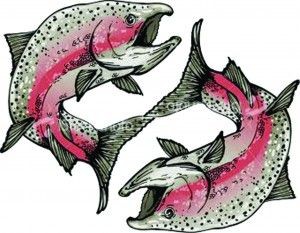Transparency is one of those words like collaboration that gets thrown around a lot but is meaningless in that it can mean anything.
I want to know if food is microbiologically safe and see the data to supports claims of safety. That’s transparent to me.
 For the Global Salmon Initiative (GSI), supported by the World Wildlife Fund (WWF) and The Sustainable Trade Initiative (IDH), it means “exposing it all when it comes to key sustainability and environmental data.”
For the Global Salmon Initiative (GSI), supported by the World Wildlife Fund (WWF) and The Sustainable Trade Initiative (IDH), it means “exposing it all when it comes to key sustainability and environmental data.”
“Truth is an essential ingredient of healthy change. Transparency not only accelerates change, it also helps drive it in a productive direction,” said Avrim Lazar, Principle Consultant to the Global Salmon Initiative.
“We all know that we need to accelerate the pace of change if we are going to provide a sustainable diet for the 9 billion people. At the GSI, we have made transparency at the global, regional and company level one of the pillars of our drive to significantly improve sustainability. Our experience has been that by the letting the sun in, it opens the doors to rapid progress,” Lazar added.
The Global Salmon Initiative is a leadership group of 12 global farmed salmon companies who are committed to improving the sustainability of their operations and providing a healthy and sustainable product. The GSI group has recently published their second annual Sustainability Report which features data across 14 key sustainability and environmental indicators, for all 12 member companies across the past 3 years. The report is available on the GSI website.
About that micro data …
